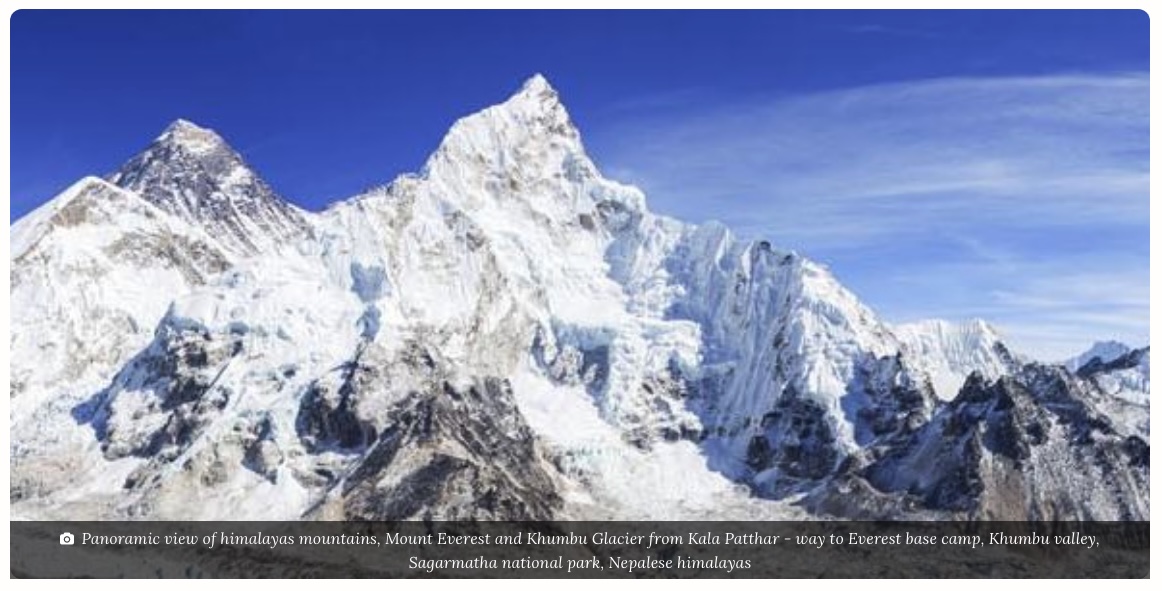NEPAL, December 12, 2022 (Hinduism Today, by Khim L. Gautam and Madhu D. Adhikari): the Himalayan Mountains form a 1,500-mile arc from Naga Parbat in Pakistan to Namchabarwa in Tibet, crossing India, Nepal and Bhutan. Three of the world’s greatest rivers, the Indus, Ganga and Brahmaputra, originate in the Himalayas–literally “the abode of snow”–providing fresh water to more than 700 million people. The range has numerous high peaks, including the world’s highest, Everest, or in Hindu tradition, Naubandhana, which when covered with shining snow looks like the crown of the Earth.
modern researchers of various disciplines find much to study in the Himalayas: geography, geology, hydrology, meteorology, biodiversity, ecology, environment, sociology, ethnicity, art, culture and more. It is the most appropriate place for adventurous tourists to hike, explore deep canyons or climb mountains. It is a huge store of natural resources. Small wonder that people since time immemorial have been so keen to know about this versatile and precious natural gift–seeking to understand how the mountains were formed, how high the peaks are and how they might be climbed.
Read more to discover several modern and ancient literatures that exalt and explain the spiritual importance of the Himalayas.
https://www.hinduismtoday.com/philosophy-and-scripture/beloved-mystic-mountains/
A daily summary of world news for Hindus and non-Hindus alike

